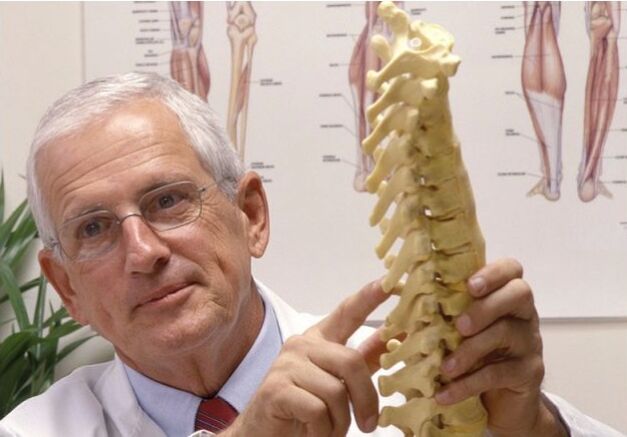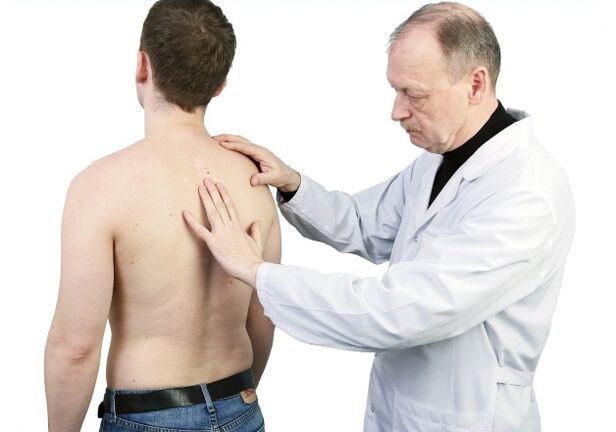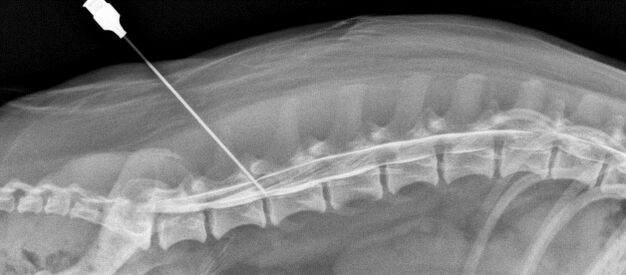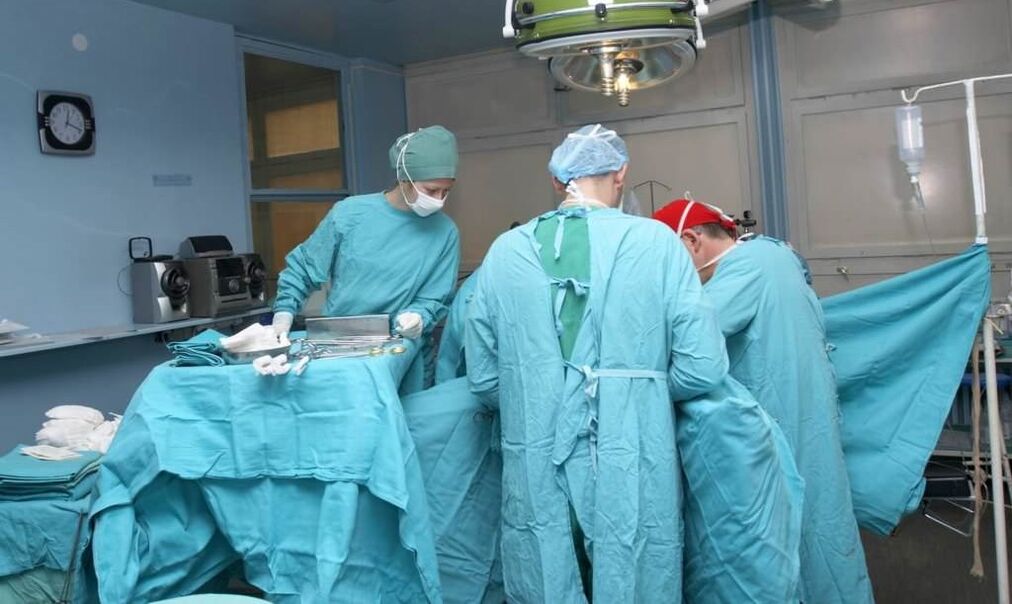Osteochondrosis is a chronic spinal disease. It develops with age and includes degenerative dystrophic changes that occur in the intervertebral discs. For a long time, there were no symptoms. A person may only notice some stiffness in the spine.
Osteochondrosis progresses slowly - many factors affect the incidence of the disease. If the pathology is not treated, complications arise - sciatica, sciatica, etc. , depending on the spine. Some doctors believe that diseases such as osteochondrosis do not exist, and only people who do not understand human physiology will make such a diagnosis.
reason
In the 21st century, compared to the 20th century, the disease is noticeably rejuvenated. Many times you will meet young people with degenerative dystrophic changes in their discs during another pathological examination. There is only one reason for this - urbanization and progress.
Today, one does not need to work hard or get food. Most people lead a sedentary lifestyle, eat malnutrition, gain weight rapidly, and prefer computers and comfortable sofas for walks and active activities in the fresh air. Even before going to work, many people drive their own cars, which are in underground garages in multi-story buildings, and spend 7-9 hours or more in the workplace.
on a note. Osteochondrosis is only a human disease. No mammal has such a condition. You have to understand that this is the retribution of Homo sapiens for walking upright.

What can cause osteochondrosis?
In the context of physical inactivity, lack of adequate physical activity and an unhealthy lifestyle, the following factors contribute to the onset of the disease:
- Violation of mineral and vitamin metabolism;
- Mass transmission of infectious diseases;
- chronic stress, depression;
- sudden movements, weightlifting;
- Spinal cord injury;
- severe hypothermia;
- slouch;
- Not detected in time, not cured of spinal curvature;
- Holding uncomfortable positions (not necessarily sitting) for long periods of time.
on a note. Mass sports have negative effects on human health. For example, weightlifting in the future (not just) could be a trigger for changes in degenerative disc dystrophy.

What happens to the spine?
The following factors directly affect the health of the back:
- The blood circulation of the paravertebral tissue is disturbed, and the discs are deprived of nutrients (they do not have their own blood vessels and are dependent on the tissue around them);
- The muscular corset that supports the spine weakens, and the vertebrae take an unbearable extra load;
- The intervertebral discs lose water and decrease in volume and diameter - the spine appears to sag (many people notice that they decrease by 5 cm or even 10 cm with age);
- One or more parts of the spine are unstable;
- The body addresses instability by growing osteophytes -- these are marginal bone growths that, over time, cling tightly to the spine, robbing it of flexibility.
on a note. Deformation of the spine itself does not cause pain - pain syndromes occur when nerve roots, large arteries, and lymphatic vessels are invaded by osteophytes or when the anatomical position of the vertebral body changes.
symptom
Signs of osteochondrosis increase as the disease progresses. Pathology is divided into 4 stages:
- first. No symptoms at all. No pain. A person may be more fatigued than usual, with some stiffness in the spine, he explains himself as fatigue, excessive physical exertion and overwork. Stage 1 osteochondrosis can
- second. Persistent pain syndrome due to nerve root involvement is easily prevented by NSAIDs. If patients continue to ignore their own body's signals and not see a doctor, the disease can progress rapidly. Reduced flexibility of the spine, especially in the cervical and lumbar regions. Vertebral artery syndrome may occur due to compression of edematous paravertebral tissue or displaced vertebrae.
- third. Pathology is in a state of disrepair. Pain that plagues a person around the clock, diminishes slightly in a horizontal position, but it is impossible to stay in one position (back, side) for long periods of time. Sleep is disturbed and the patient becomes irritable. A person bends over (chest, waist) to try a more comfortable position that does not cause discomfort, which becomes the driving force for the formation of humps, scoliosis and other spinal deformities.
- fourth. There is osteophyte - spinal stabilization. The patient can only look around by turning the torso completely. The pain is intense, persistent, and can only be completely eliminated with blockers (nocaine, prednisolone). The disability rate in the fourth stage is about 80%.

Along with the listed signs, the patient may be afflicted by symptoms not related to the back at first glance - dizziness, eye flies, arterial hypertension, numbness in the upper extremities (cervical osteochondrosis), chest pain mimicking an angina attack or heart, intercostal nervesPain (sternal osteochondrosis), cauda equina syndrome, lower extremity numbness (lumbosacral osteochondrosis).
on a note. Pathology causes vegetative vascular and neurodystrophic diseases.
diagnosis
To establish an accurate diagnosis, patients are sent for X-rays, myelograms, and neuroreflex tests. If this is not enough, referrals will be issued to:
- MRI (magnetic resonance imaging);
- CT (Computed Tomography);
- NMR (Nuclear Magnetic Resonance).
Doctors also interview the patient and perform a physical exam to check for areas of pain, possible curvature of the spine, differences in leg length, and other objective signs of spinal injury.

treat
The treatment of osteochondrosis is complex. To stop the degradation process, or at least slow it down, assign:
- chondroprotective agents - externally, orally (orally), injected to restore cartilage tissue;
- Muscle relaxants - relax spastic muscle groups, use only under medical supervision;
- painkiller;
- Blockade - prolonged pain relief, but no cure;
- Physiotherapy (magnetic therapy, sonication therapy, vibration therapy, EHF, etc. );
- exercise therapy and the author's gymnastics;
- massage;
- acupuncture;
- Balneotherapy and mud therapy.

In advanced cases (uncontrolled urination and defecation, cauda equina syndrome), surgical intervention may be required to decompress and stabilize the affected spinal segment.
Rear decompression operation:
- facetectomy;
- Foraminotomy;
- Laminectomy;
- Laminotomy.
Anterior decompression surgery:
- Discectomy;
- Vertebrectomy.
To stabilize the damaged segment, spinal fusion is used - a special fixation structure (rod) is used to fuse adjacent vertebrae. A bone implant is placed in place of the removed disc (bone material taken from a donor or formed from the patient's own bone).

on a note. Spinal fusion can be avoided. Surgeons have made great achievements in the surgical treatment of osteochondrosis. In place of the removed disc, an artificial disc can be installed, thus avoiding complete fixation of the segment. Spine surgery is fraught with many complications, so it is only prescribed in extreme cases.
prevention
Even Hippocrates said, "It is easier to prevent disease than to cure it. " This rule applies to osteochondrosis as well. It is enough for a person to monitor their health, live an active lifestyle, eat right, and exercise regularly to maintain a healthy spine.

If the disease still manifests, prevention will help not start it. Please follow these guidelines:
- Sleep on a suitable mattress and pillow. Choose orthopedics and consult your doctor first.
- Make it a rule to walk for at least half an hour before and after work. Instead of sitting in front of the computer or the phone during breaks, warm up and grab a snack.
- Pay attention to your weight. The higher it is, the harder it is on the spine.
- Observe rest patterns (work during the day, sleep at night).
- Try to eliminate stress in your life. If you feel like you are falling into depression, see a specialist.
on a note. Traditional healers claim to cure osteochondrosis with the help of herbs. It's hard to say how true this claim is. Other methods of treatment can be used along with the methods prescribed by your doctor. Otherwise, results are not guaranteed.
Osteochondrosis is a dangerous condition that can lead to disability if treatment is not started on time. If you feel that you are suddenly unusually tired and your spine is less flexible in the morning than before, see your doctor and get a full examination. In the initial stage, the pathology can slow down or even stop completely.

























